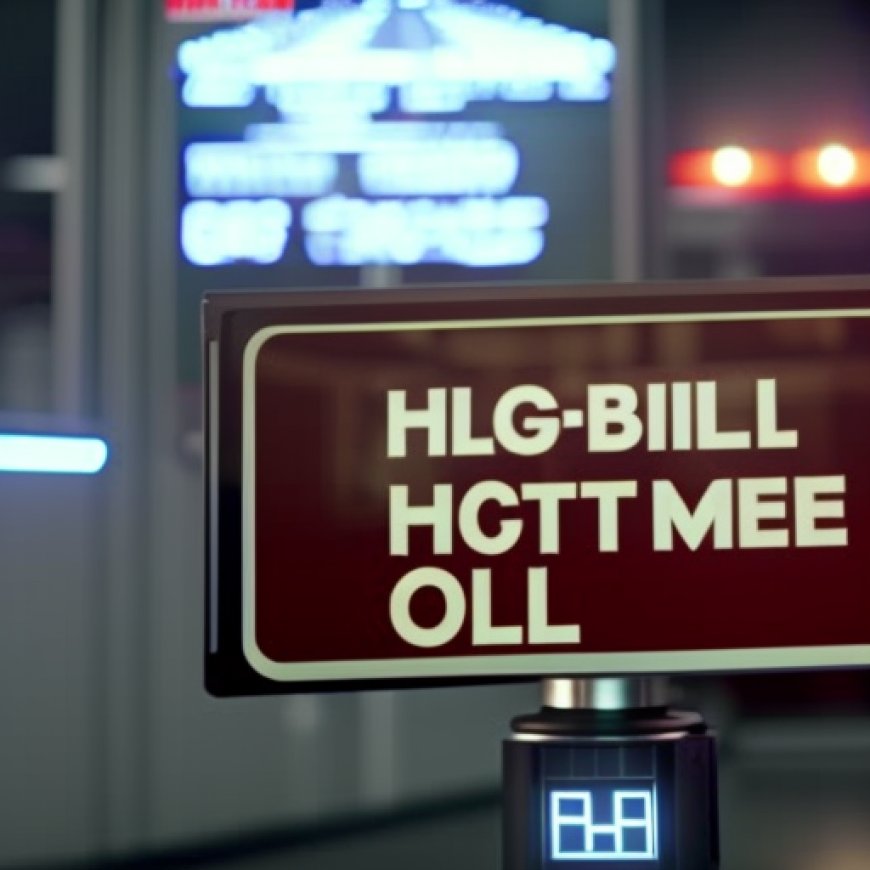Polis Signs Bills to Improve High-Speed Internet Access
Polis Signs Bills to Improve High-Speed Internet Access Colorado House Democrats


Colorado Governor Signs Legislation to Improve High-Speed Internet Access
In Fort Collins, Colorado, Governor Jared Polis has signed two pieces of legislation, HB24-1334 and HB24-1336, aimed at expanding high-speed internet access across the state. The new laws focus on providing broadband to Coloradans living in mobile home parks, multi-unit homes, and rural and underserved areas.
Ensuring Internet Access for All
Representative Andrew Boesenecker emphasized the importance of internet access for various essential activities such as remote work, education, telehealth services, and leisure. The new legislation ensures that broadband providers are not denied access by owners of multi-unit buildings or mobile home parks, guaranteeing tenants the ability to connect to high-speed internet.
Simplifying Broadband Grants and Applications
Representative Jennifer Parenti highlighted the complexities of the broadband grant process for rural providers. The new law revamps the state-operated broadband grant program, simplifying the application process for eligible recipients and focusing on rural or underserved neighborhoods.
Legislation Details
- HB24-1334: Prohibits property owners from denying access to broadband service providers for infrastructure installation. It requires a 60-day notice period from providers to property owners and allows owners to manage access to ensure safety and property conditions.
- HB24-1336: Streamlines broadband grants, expands eligibility, and targets underserved areas. It transfers the administration of the High-Cost Support Mechanism (HCSM) to the Colorado Broadband Office, simplifying grant applications and securing funds for broadband installation.
Emphasizing Middle Mile Infrastructure Projects
HB24-1336 also modifies eligible projects for HCSM funds, prioritizing middle mile infrastructure projects and those in underserved areas. It removes bureaucratic hurdles by allowing the Colorado Broadband Office to oversee grant distribution and eligibility until September 1, 2030.
Alignment with Sustainable Development Goals (SDGs)
- The legislation aligns with SDG 9 (Industry, Innovation, and Infrastructure) by improving infrastructure and promoting inclusive and sustainable industrialization.
- It also supports SDG 10 (Reduced Inequalities) by ensuring equal access to information technology for all communities.
- Furthermore, it contributes to SDG 11 (Sustainable Cities and Communities) by providing universal access to safe, inclusive, and accessible green and public spaces, in this case, through internet connectivity.
The new laws represent a significant step towards achieving the SDGs by ensuring that all Coloradans have access to the opportunities provided by high-speed internet.
SDGs Addressed in the Article
The article addresses the following Sustainable Development Goals (SDGs):
- SDG 9: Industry, Innovation, and Infrastructure
- SDG 10: Reduced Inequalities
- SDG 11: Sustainable Cities and Communities
Specific Targets Under the SDGs
Based on the content of the article, the specific targets under the identified SDGs are:
- Target 9.c: Significantly increase access to information and communications technology and strive to provide universal and affordable access to the Internet in least developed countries by 2020.
- Target 10.2: By 2030, empower and promote the social, economic, and political inclusion of all, irrespective of age, sex, disability, race, ethnicity, origin, religion or economic or other status.
- Target 11.a: Support positive economic, social and environmental links between urban, peri-urban and rural areas by strengthening national and regional development planning.
Indicators in the Article
The article implies the following indicators to measure progress towards the identified targets:
- Indicator 9.c.1: Proportion of population covered by a mobile network, by technology.
- Indicator 10.2.1: Proportion of people living below 50 percent of median income, by age, sex, and persons with disabilities.
- Indicator 11.a.1: Proportion of urban population living in cities that implement urban and regional development plans integrating population projections and resource needs, by size of city.
Table: SDGs, Targets, and Indicators
| SDGs | Targets | Indicators |
|---|---|---|
| SDG 9: Industry, Innovation, and Infrastructure | Target 9.c: Increase access to ICT and provide universal and affordable access to the Internet. | Indicator 9.c.1: Proportion of population covered by a mobile network, by technology. |
| SDG 10: Reduced Inequalities | Target 10.2: Empower and promote the inclusion of all people. | Indicator 10.2.1: Proportion of people living below 50 percent of median income, by age, sex, and persons with disabilities. |
| SDG 11: Sustainable Cities and Communities | Target 11.a: Strengthen national and regional development planning. | Indicator 11.a.1: Proportion of urban population living in cities that implement urban and regional development plans integrating population projections and resource needs. |
Copyright: Dive into this article, curated with care by SDG Investors Inc. Our advanced AI technology searches through vast amounts of data to spotlight how we are all moving forward with the Sustainable Development Goals. While we own the rights to this content, we invite you to share it to help spread knowledge and spark action on the SDGs.
Fuente: cohousedems.com

Join us, as fellow seekers of change, on a transformative journey at https://sdgtalks.ai/welcome, where you can become a member and actively contribute to shaping a brighter future.







